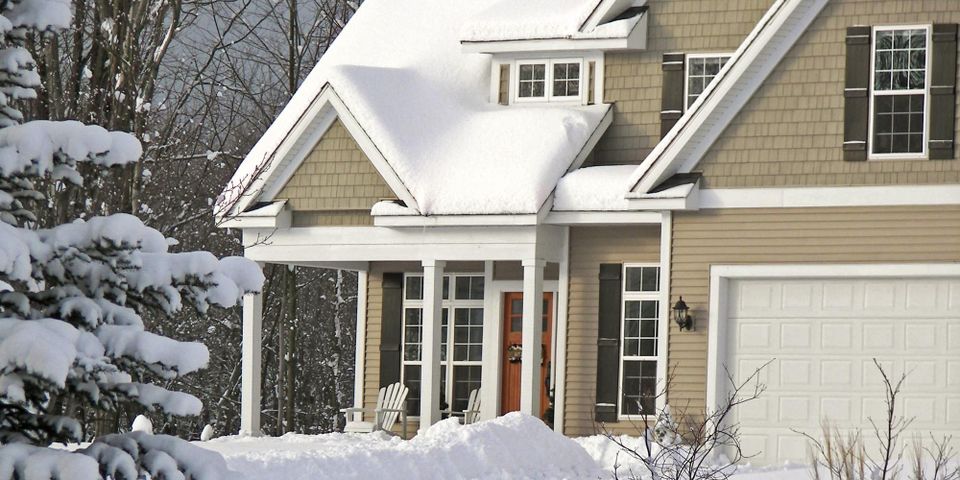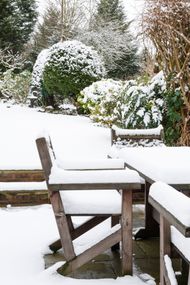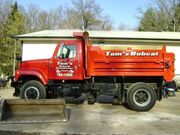A Guide to Winterizing Your Landscaping

Winter weather can take a toll on your landscaping. By taking proactive measures to protect the integrity of the outdoor space in advance, you can be more confident that it will survive the season and look its best in the spring.
How to Prepare Your Landscape for Winter
1. Water Early in the Season
Dehydration is a severe problem that afflicts landscaping during winter, especially when temperatures plummet. High winds, low temperatures, and consistent sunshine increase the transpiration rate in plants and trees, which can reduce its moisture content significantly. By watering the soil during the driest periods early in the season, you can protect the integrity of your yard and help the ground retain more heat.
2. Protect the Yard from the Elements
Get started in the fall by applying fertilizer enriched with potassium, which helps protect the surface from exposure to winter elements. These materials, typically used in the spring, protect the ground from cold-weather damage. Apply at least two to three inches at the base of trees and shrubs to insulate them, maintain the soil’s condition, and protect the roots from cold. By holding on to moisture, the plants have a better chance of surviving the season and thriving in the spring.
3. Cover Plants in Extreme Conditions
 If the forecast calls for overnight temperatures to fall below freezing, make sure to cover plants that are sensitive to the cold. You can layer straw over delicate flower beds, cover shrubs with burlap to promote air circulation, or erect a frame around plants to prevent them from becoming doused in excess moisture. If you have relatively recent plantings, add enough mulch to protect the growing root system. You can use blankets if needed, but be sure to lock them down with bricks or another heavy object to prevent them from blowing away.
If the forecast calls for overnight temperatures to fall below freezing, make sure to cover plants that are sensitive to the cold. You can layer straw over delicate flower beds, cover shrubs with burlap to promote air circulation, or erect a frame around plants to prevent them from becoming doused in excess moisture. If you have relatively recent plantings, add enough mulch to protect the growing root system. You can use blankets if needed, but be sure to lock them down with bricks or another heavy object to prevent them from blowing away.
4. Cut the Grass Properly
As you cut the grass for the final time during the season, make sure it’s only two or three inches in height, instead of a more extended cut. This helps protect the ground from trapping diseases and excessive moisture, which could otherwise linger throughout winter and damage the grass.
5. Remove Leaves Before It Snows
The ground should be free of leaves before the first snowfall. Leaving any debris on the ground allows pests, moisture, and other contaminants to accumulate throughout the season, which can make it more susceptible to disease.
If you’re seeking a trustworthy landscaping provider, turn to the team at Tom’s Bobcat & Snowplowing in La Crosse, WI. These highly accomplished professionals offer a variety of services, including snow removal, topsoil application, and driveway repairs. Visit them online to find out more, or call them at (608) 785-1888 to schedule an appointment.
About the Business
Have a question? Ask the experts!
Send your question

